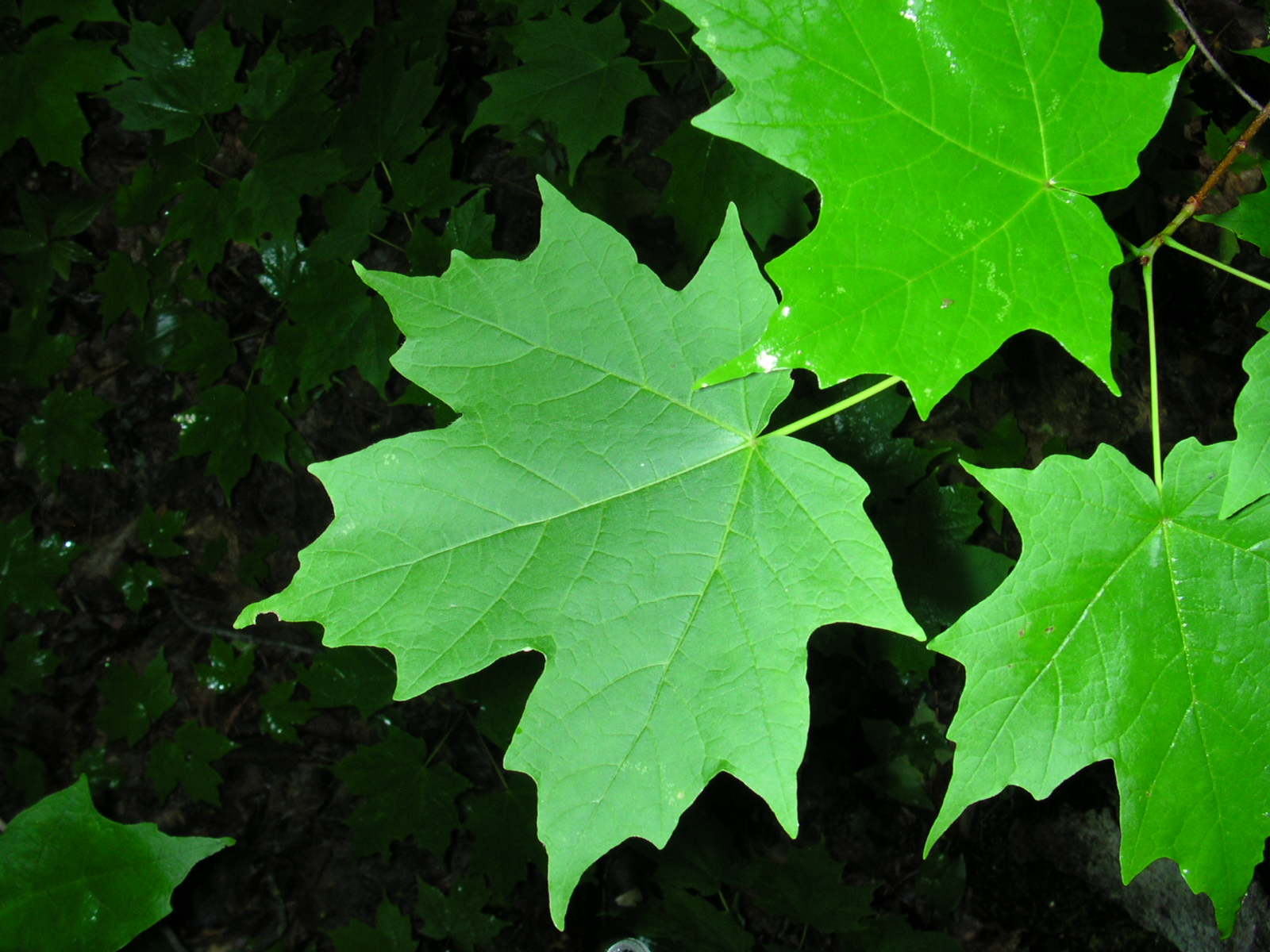Maple syrup: it’s that sweet, amber nectar many of us pour over our pancakes, waffles, or use in a variety of dishes. But where does it come from? From maple trees, of course! But not all maple trees are created equal when it comes to syrup production. If you're interested in tapping your own trees in the spring, it's crucial to know how to identify the right maple trees in the fall. Here's a guide to help you do just that.
Sugar Maples (Acer saccharum)

Appearance:
- Leaves: Sugar maples have the iconic maple leaf shape, with five pointed lobes. In the fall, their leaves turn brilliant shades of orange, yellow, and red. Each lobe has a few sharp-pointed teeth.
- Bark: When young, the bark is smooth and gray. As the tree ages, the bark becomes rougher and develops deep vertical grooves.
- Seeds: Sugar maples have winged seeds called samaras, which are often referred to as "helicopters" because of the way they spin when they fall.
Why They're Preferred: Sugar maples have a high sugar content in their sap, which makes them ideal for syrup production. You'll need less sap from a sugar maple to produce a gallon of syrup compared to other maple species.
Red Maple (Acer rubrum)

Appearance:
- Leaves: While they also have the typical maple leaf shape, red maple leaves are usually 3-lobed, though some can have 5 lobes. In the fall, they turn a vibrant red or purple.
- Bark: It's smooth and light gray on younger trees but becomes darker and splits into ridges on older trees.
- Seeds: Their samaras are shorter than those of the sugar maple and often have a reddish tint.
Syrup Quality: While red maples can be tapped for syrup, their sap has a lower sugar content. This means you'll need more sap to produce the same amount of syrup as you would from a sugar maple.
Silver Maple (Acer saccharinum)

Appearance:
- Leaves: These have 5 deeply cut lobes, giving them an almost delicate look. The underside of the leaves is silvery-white, hence the name. In the fall, the leaves can turn yellow or brown.
- Bark: Young silver maples have smooth, gray bark. As they age, the bark becomes shaggy and flaky.
- Seeds: The samaras are quite long, almost 2 inches in some cases.
Syrup Quality: Like the red maple, the silver maple's sap has a lower sugar content than the sugar maple. Tapping them for syrup is possible, but more sap is required for production.
Tips for Successful Tapping:
- Tree Health: Always choose healthy trees to tap. Trees should be at least 12 inches in diameter to ensure they're mature enough.
- Location: Ideally, tap on the south side of the tree where the sun warms the tree, encouraging sap flow.
- Tapping Time: While we're identifying trees in the fall, actual tapping should occur in late winter or early spring when nights are below freezing and days are above freezing.
- Sap Collection: Use clean equipment and regularly check sap buckets. Once collected, sap should be boiled down promptly to make syrup.
By learning to identify maple trees in the fall, you'll be prepared to tap them in the spring. While sugar maples are the gold standard for syrup production, don't be discouraged if you have other maple varieties on your property. With a bit more effort, they can yield delicious syrup too. Happy tapping!
